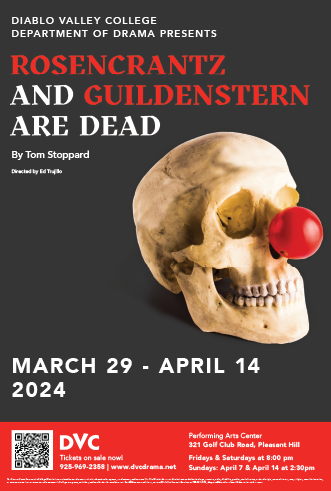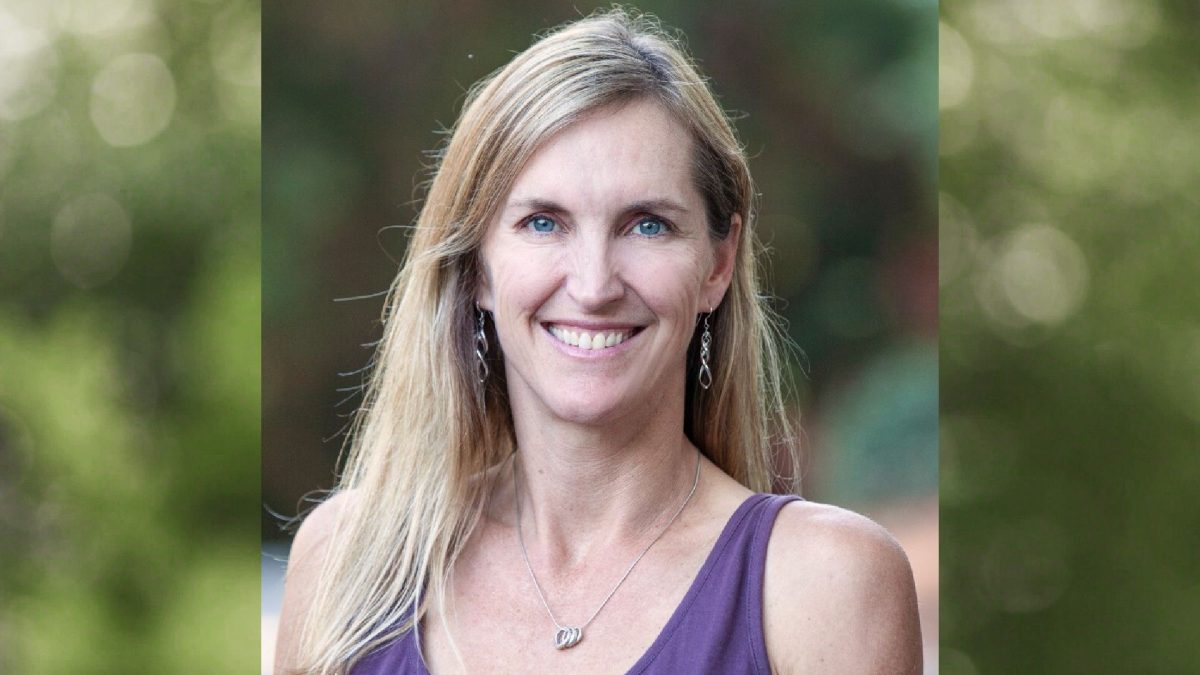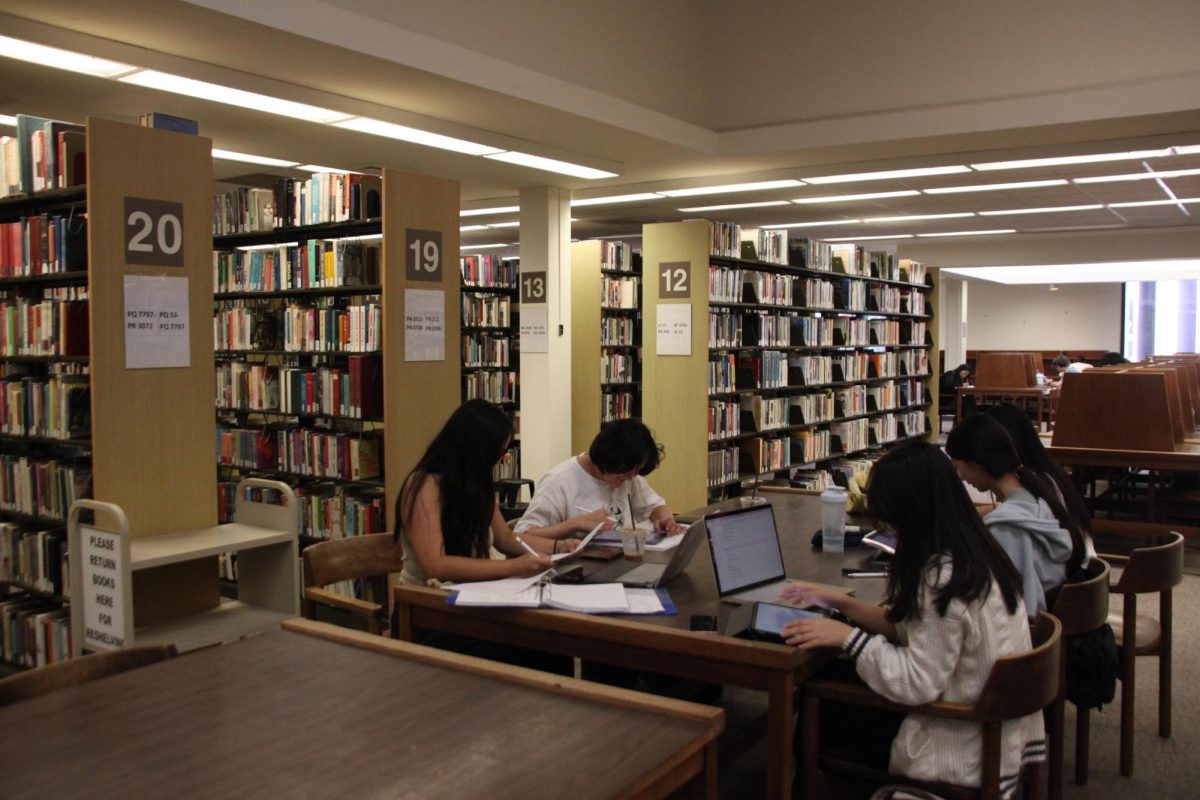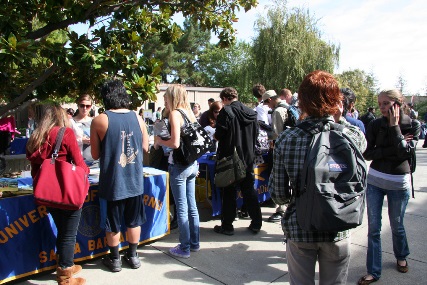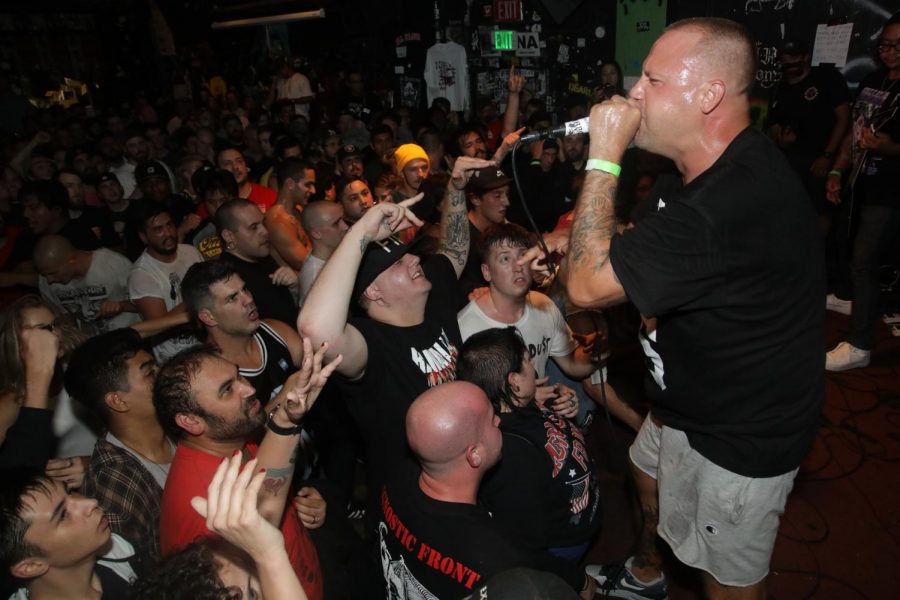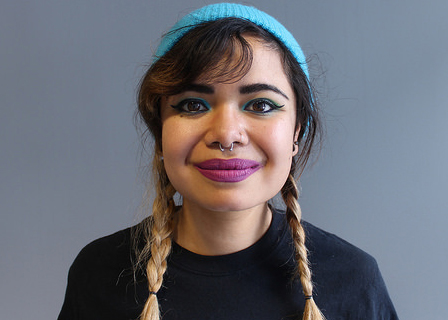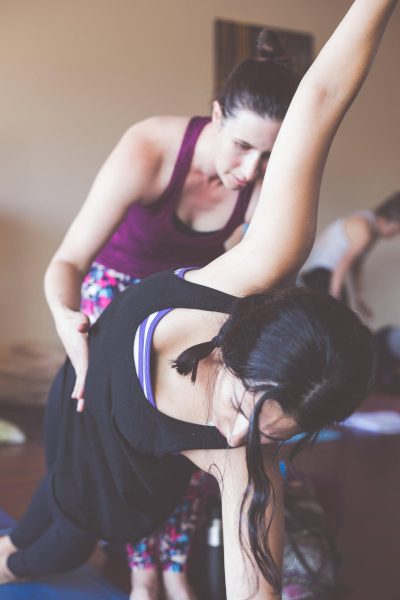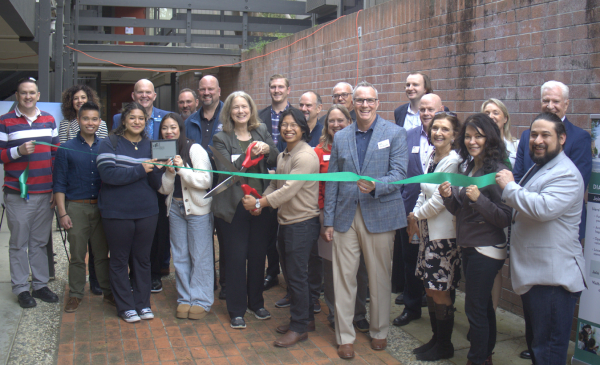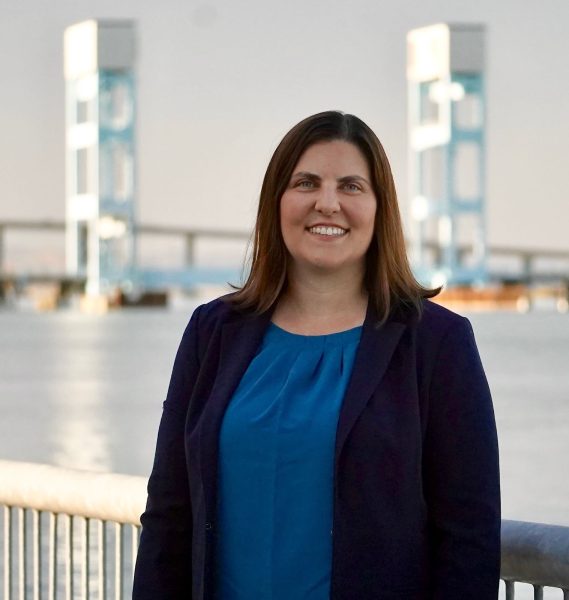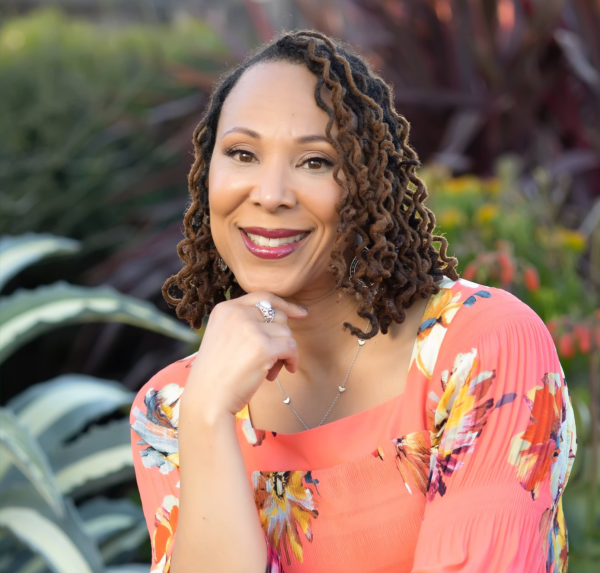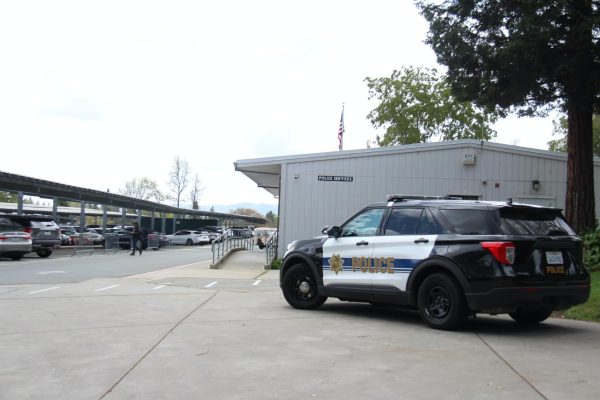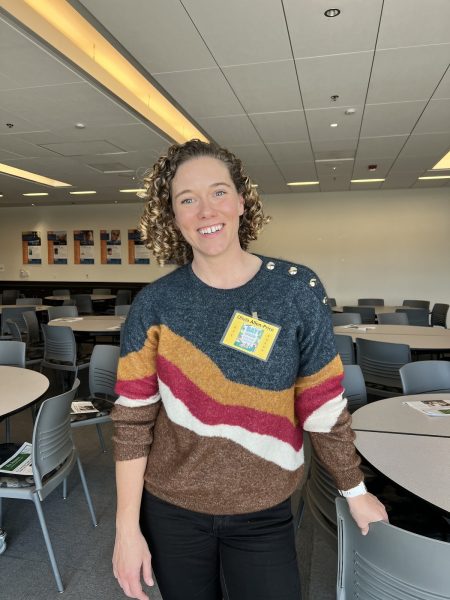Hardcore culture takes Bay Area underground by storm
Scott Vogel of Terror at 924 Gilman, Berkeley at the Life or Death tour
November 15, 2017
The Bay Area knows how to make it’s presence known in the music scene, and is rich with local artists who have made it big. But there is another genre of music, another scene that lies beneath the mainstream surface.
Hardcore music has been around for decades, but finally made it’s peak from 1978 until the late 90s, and has resurfaced in the new millennia. A new, more aggressive style of music transcending punk rock, the genre was initially a response to the hippie culture at the time.
More and more bands began to emerge from the San Francisco Bay Area, as well as Southern California. Bands like Minor Threat, Black Flag, and Bad Brains paved the way for hardcore as we know it today.
In a previously released interview on the music blog Concert Crap, hardcore band No Zodiac spoke out about the nature of hardcore and it’s evolution through the years. “The era of Hardcore that we all grew up in was extremely violent and in your face. The bands had something to say and if you didn’t like, you either dealt with it or did something about it,” they answered in a Q and A session.
“…Hardcore was not meant for everyone,” drummer Erik Bartow continued. “The music itself has changed in certain ways, taking different aspects of hardcore from different eras and such but it is all derived from the same things so in a way it has also stayed the same.“
In the documentary film “American Hardcore,” much of the footage was recorded in underground venues and at some intimate venues. Today, local hardcore bands frequently still use smaller venues for shows, and house shows are still very popular.
“Although the internet exposes hardcore to a wider audience than it did in the 1990s or so, I would consider hardcore to still be an underground phenomenon because it still relies on DIY venues and promotions,” says San Leandro local Andy Delacruz.
“I would say that it is a better approach than the mainstream because it’s more personal, in which people tell other people to come out to shows, it helps fosters a sense of community and camaraderie, as opposed to going to a huge arena show where you do not know anyone at all.”
Despite being associated with aggression, and anti-commercialism, many involved in the hardcore community can mostly agree that shows bring pleasant and friendly fans.
There is a strong sense of communion, and there is no doubt there will be a familiar face at any of these shows.
“What I enjoy about the Bay Area hardcore community is its commitment to providing for the community and people who are in need,” added Delacruz. “Whether if the proceeds are going to a memorial fund for a lost one, victims of various sources of abuse, helping a venue stay alive, or help people rebuild their lives after a tragedy, people will show up to support while having a good time for a good cause.”
Crews are very common amongst shows, and are usually formed locally. Some say crews are intimidating, but others like Delacruz support their presence and believe they are integral to the culture.
Delacruz is a member of one and says he has joined in order to deal with sketchy characters to look out for others and create a safe space.
“Crews help bring supporters of music together and some even help set up and put on shows to keep the music scene alive…” said Delacruz. “They also make sure that people are protected and safe by weeding out and punishing the scumbags preying on innocent bystanders, attendees or people being sketchy to musicians and bands with a justified beatdown.”
Though it is not widespread as much as other genres, many fans feel as though social media groups through Facebook and the like draws more attention of fans throughout the Bay Area. California is rich in music culture, and from here it seems it can only go up from here.
“Hardcore will continue to grow. I feel in this day and age, the internet and social media has the biggest influence on exposing others from different parts of the state, country, or world into hardcore music,” added Bay Area local Alec Valentine.
“… I would have to say the Bay Area has a larger of history underground, independent music which has kept the local scene going for ages… I feel that the Bay Area has a huge devotion in supporting artists from the ground up… All of those bands were local bands supported by people attending their sets at smaller DIY venues.”
Culture runs rampant through the Bay Area, mainstream or not. Hardcore has been around for ages, and is here to stay.
Whether it’s to respond to hippies or another cause, there is no doubt there is a strong sense of community, and family amongst attendees and other fans. Love it or hate it, hardcore bands will always have something to say, and the Bay Area will continue as one of its’ biggest platforms.
Editor’s note; In the original post, the quote from band No Zodiac “…Hardcore was not for everyone,” was previously attributed to the entire band, however the quote has now been updated to be attributed to band drummer Erik Bartow.


















